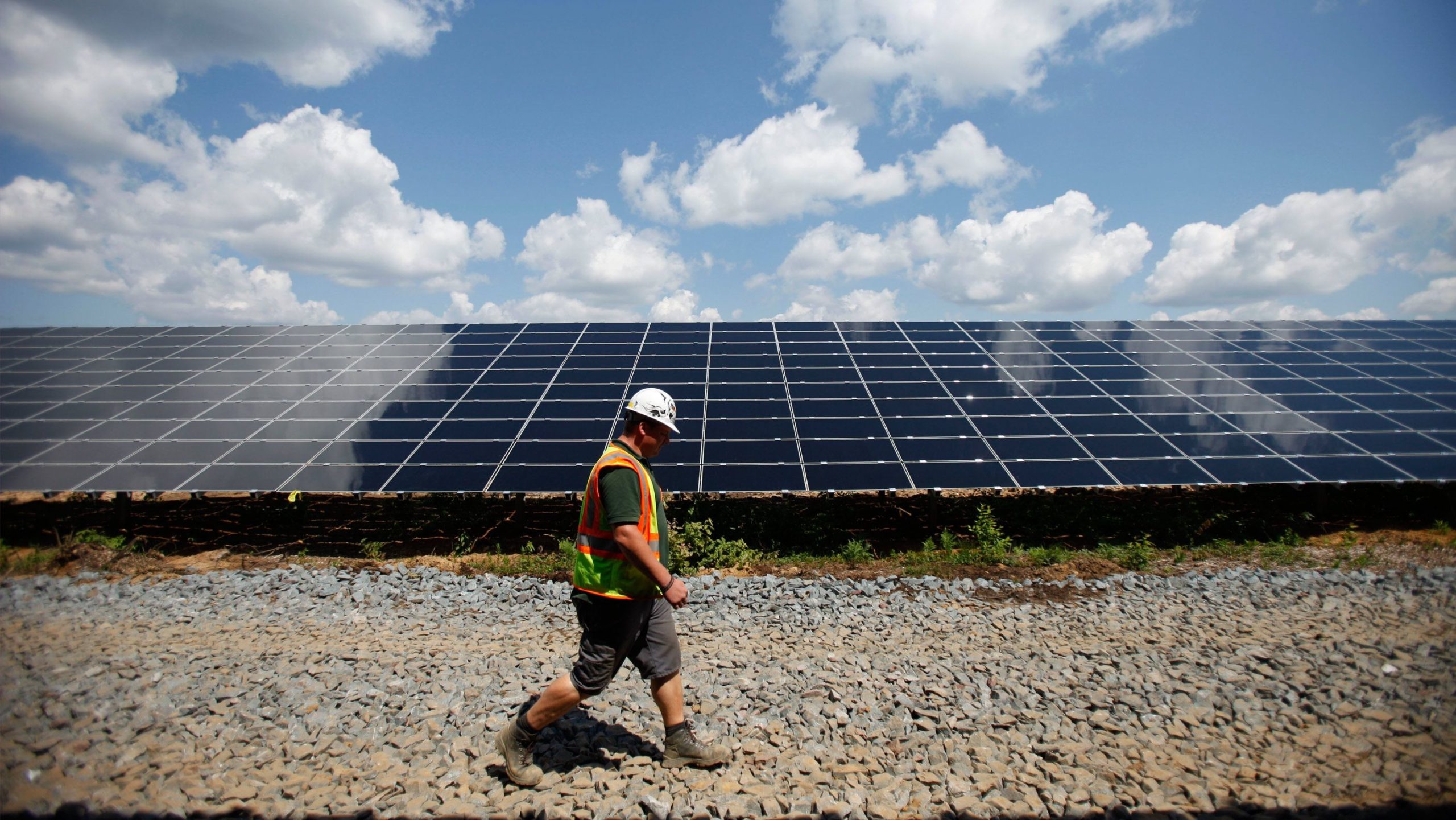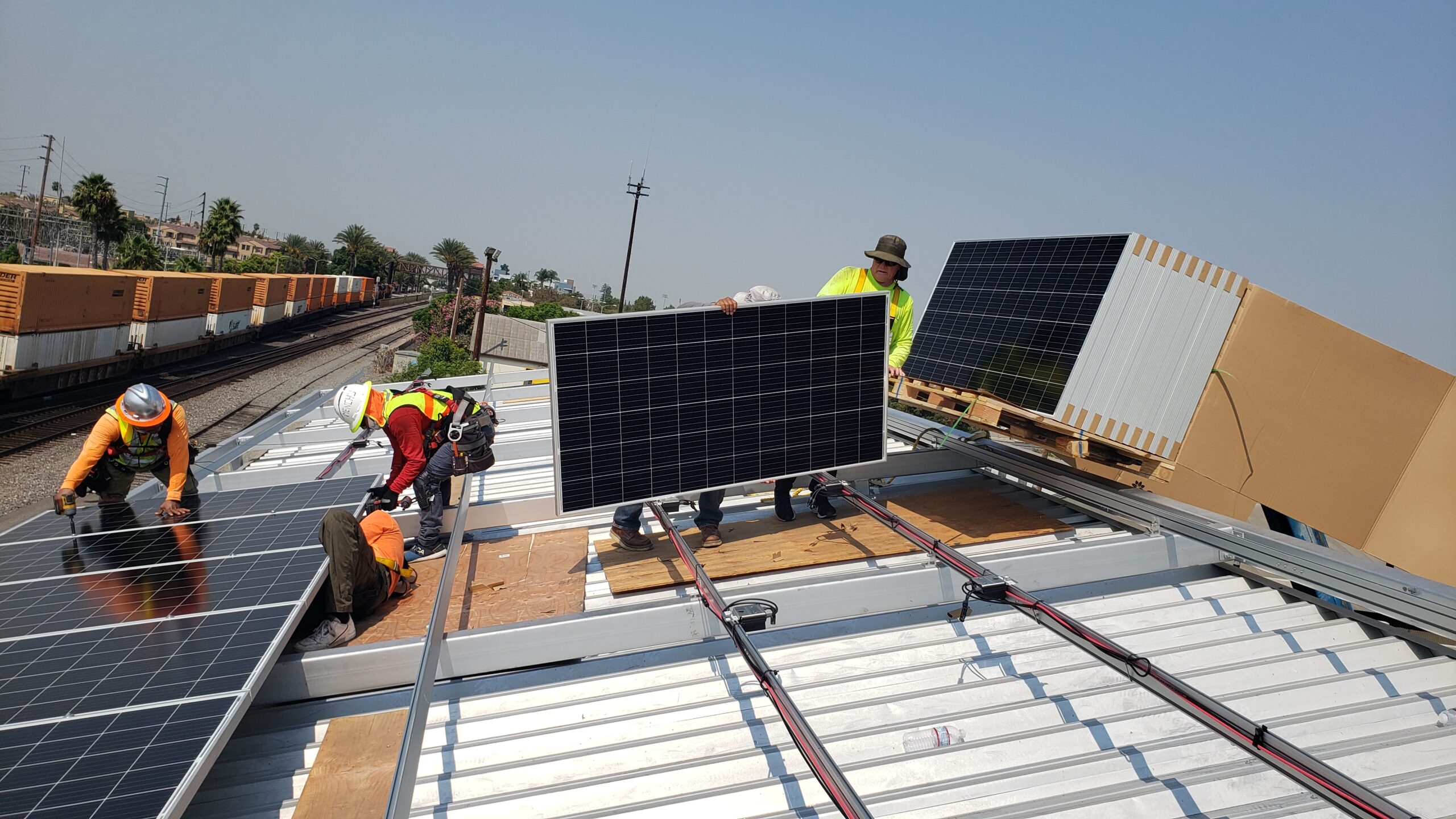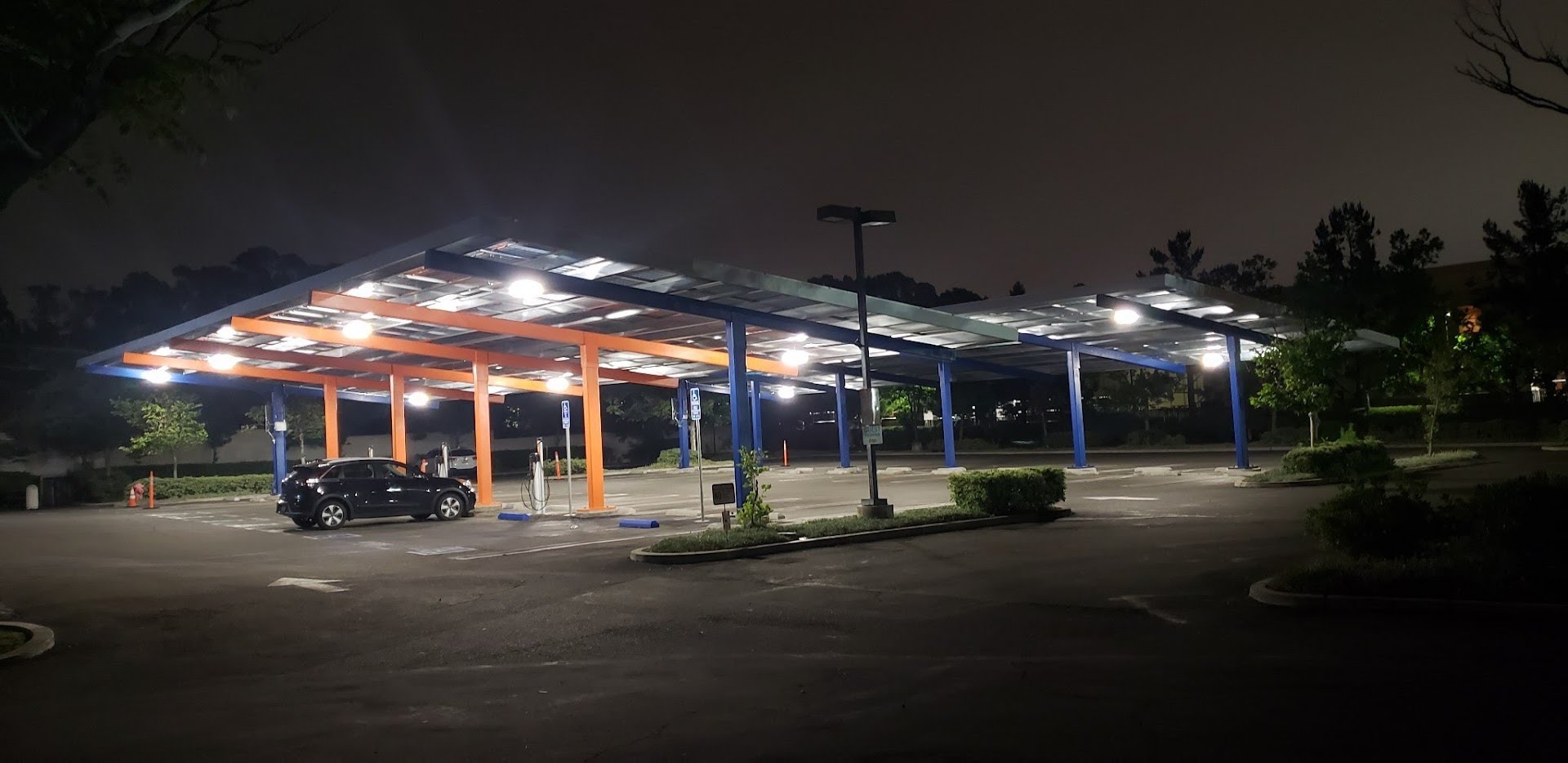California, the Golden State, is a veritable hotbed for solar power, boasting an amalgamation of sun-soaked days and a governmental commitment to renewable energy which makes it the prime contender for solar energy production in the nation. But the appeal of the Californian sun extends beyond merely bathing its beaches in a resplendent glow, it serves as a key source of energy that, when harnessed correctly, can significantly reduce the carbon footprint of commercial facilities, all while offering an economically viable alternative to traditional energy sources.
When considering solar photovoltaic (PV) systems for commercial facilities, it’s crucial to understand what they entail. Essentially, these systems convert sunlight directly into electricity using semiconductors. When the sun’s rays hit the semiconductor within the PV cell, electrons are knocked loose and create an electric current. Commercial solar PV systems are usually installed on the rooftops of businesses, offering a dual advantage of not requiring any additional land and being unobtrusive. This approach reduces reliance on grid electricity, thus fostering a sustainable model of energy consumption.
California’s government has been proactive in creating a regulatory environment that not only encourages but also rewards businesses for adopting solar power. Let’s delve deeper into these incentives, specifically those available for commercial enterprises in California.
2023 PACE & C-PACE Program
An integral part of California’s solar energy policy landscape is the provision for certain tax exclusions and innovative financing programs aimed at encouraging solar installations. Two prominent features in this regard are the Solar Energy System Property Tax Exclusion and the Property-Assessed Clean Energy (PACE) program.
Starting with the Solar Energy System Property Tax Exclusion, Section 73 of the California Revenue and Taxation Code provides for a property tax exclusion for solar energy systems installed between January 1, 1999, and December 31, 2024. An extension granted in 2014 pushed this deadline further to January 1, 2025. Essentially, this means if you install a solar panel system on your property within this stipulated time frame, it will not result in an increase in your property taxes.
It’s crucial to clarify that this incentive takes the form of a ‘new construction exclusion’, as opposed to an ‘exemption’. In practical terms, this means that the added value to your property due to the installation of the solar system will not contribute to an increase in your taxable property value.
The code specifies that to qualify for this exclusion, solar energy systems must be “thermally isolated from living space or any other area where the energy is used, to provide for the collection, storage, or distribution of solar energy.” The exclusion underwent modifications in 2008 and 2011, broadening its scope and clarifying the definition of qualifying solar energy systems. Particularly, it extends to the construction of an active solar energy system in new buildings as long as the owner-builder does not intend to occupy or use the new building and the initial purchaser of the building gets the benefit of this exclusion.
Furthermore, a commercial variant of the PACE program, known as C-PACE, has made significant strides in promoting solar and energy-efficient projects. C-PACE programs, which are available in dozens of states, regions, and local governments, have financed more than $800 million in energy efficiency projects according to the Department of Energy.
The Commercial PACE Working Group, a collaborative effort of state and local governments, aims to further catalyze the growth of C-PACE investments. Their ambitious goal of generating $600 million in C-PACE investments by 2022 is a testament to the perceived potential of this innovative financing program.
2023 Self-Generation Incentive Program (SGIP)
One of the main solar incentives in California is the 2023 Self-Generation Incentive Program (SGIP). This state-funded program aims to alleviate the strain on the power grid by motivating businesses and households alike to generate their own energy. Administered jointly by Pacific Gas and Electric (PG&E), Southern California Edison (SCE), San Diego Gas & Electric (SDG&E), SoCalGas, and Los Angeles Department of Water and Power (LADWP), the SGIP encourages the adoption of self-generation and storage technologies that complement the solar PV systems.
To clarify, the SGIP promotes not just solar energy generation but also several other technologies including advanced energy storage systems, fuel cells, and wind turbines. Energy storage systems, particularly battery storage systems, can be of immense value to commercial facilities that employ solar power. These systems store the surplus solar energy generated during the day, which can then be used during peak hours when electricity rates are higher, or during periods of grid instability.
Battery storage systems confer a significant advantage in instances of grid downtime or rolling blackouts – a scenario that’s not unheard of in California. In such situations, businesses with battery storage can continue their operations unaffected, relying on the energy they’ve stored, thereby negating the disruptions caused by grid instability.
If you’re considering installing a solar-plus-energy storage system at your commercial facility, the SGIP incentive becomes an appealing prospect. This program provides substantial financial incentives for eligible technologies, with potential rewards up to $0.35 per kWh of a qualifying technology. Such a scheme not only minimizes the financial impact of your investment but also facilitates a shorter payback period, bolstering the overall return on your investment.
Other Local Programs and Rebates
In the state of California, numerous local municipalities offer their own unique solar rebate programs. These programs serve as additional benefits atop the tax credits and incentives provided at state and federal levels. To determine what programs your area has in place, we encourage you to liaise with your local authorities or consider reaching out to our expert team at WattLogic. We have a squad of incentive specialists on hand who can help pinpoint the most advantageous solar rebates applicable to your business.
California’s net metering laws are another essential facet to consider. Net Metering, also referred to as NEM, is a process that permits solar consumers to sell their surplus solar energy back to the grid, subsequently lowering their overall electricity costs. According to California’s NEM initiative, the state’s three investor-owned utilities – PG&E, SDG&E, and SCE – are mandated to purchase any excess solar energy generated by both homeowners and businesses, at rates that align closely with retail prices.
As long as your solar electric system doesn’t exceed 1,000 kilowatts (1 MW), you can earn bill credits for the surplus electricity you produce. When coupled with other incentives or tax credits, net metering can lead to substantial savings on electricity costs. The first version of the program, NEM 1.0, set specific caps for the aforementioned utilities. However, due to the rapid expansion of solar energy in the state, it became evident that these caps would be met before 2020. Consequently, the California Public Utilities Commission (CPUC) rolled out a successor program, “Net Metering 2.0” (NEM 2.0), in July 2017.
NEM 2.0 brought about additional rules, including the requirement for all solar consumers to switch to Time of Use (TOU) electric plans, which charge variable electricity rates depending on the time of day. Furthermore, owners of commercial solar PV systems are now required to pay a one-time “interconnection fee” to link their solar PV system to the electrical grid. This fee varies among utilities, with SDG&E customers paying $132, PG&E customers $145, and SCE customers the lowest amount at $75.
Moreover, NEM 2.0 introduced non-bypassable charges (NBC), which are added to energy charges and cannot be credited when solar energy is sold back to the grid. Although this has led some to argue that net metering doesn’t exist under NEM 2.0, it’s important to note that NBC only constitutes a small portion of your overall electricity bill.
A successor to NEM 2.0, the proposed NEM 3.0, might significantly alter the landscape for new solar installations, potentially affecting existing customers. However, until approved by the CPUC, NEM 2.0 remains in effect.
2023 Solar investment tax credit (ITC) and 2023 Modified Accelerated Cost-Recovery System (MACRS)
If you are a commercial solar customer in California, you could also benefit from the solar 2023 Investment Tax Credit (ITC). This federal investment tax credit can be claimed on federal corporate income taxes, reducing your tax liability substantially. The solar ITC allows you to claim a percentage of the cost of a solar system commencing construction during a tax year, leading to substantial savings.
For instance, you initiate the construction of a $1,000,000 solar PV system in 2023 and put it into service in 2024. In that case, your solar PV property qualifies for a 30% ITC, reducing your tax liability by $300,000. If you can’t utilize the full amount of your tax credit in the year of application, there’s a possibility of rolling it over to future tax years.
Furthermore, you might also be able to take advantage of the 2023 Modified Accelerated Cost-Recovery System (MACRS) to reduce the overall cost of a solar PV project.
Bottom Line
Now is the perfect time to embrace solar power in California for your commercial place. By capitalizing on these incentives, you’ll not only save money on your solar panel installation but also benefit from renewable energy, independence from the grid, lower utility bills, reduced maintenance costs, less carbon emissions, and a boosted brand image owing to your green and sustainable energy commitment. However, do keep in mind that many of these incentive programs have limited funds and are closing soon. So, the sooner you act, the better!





